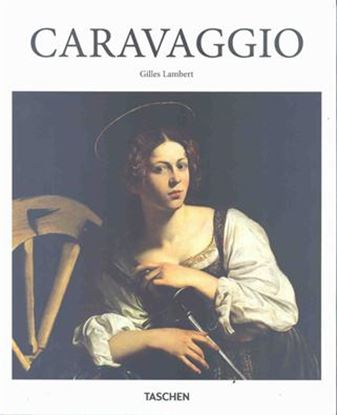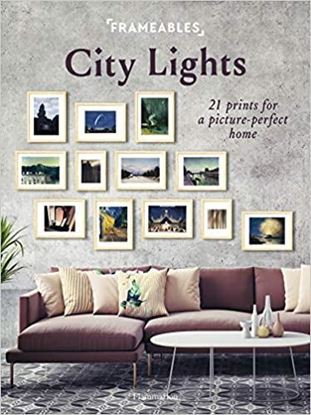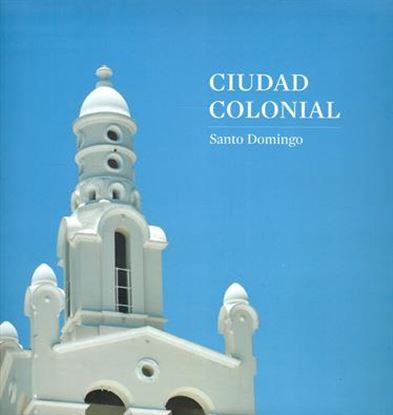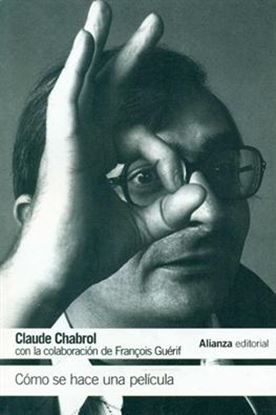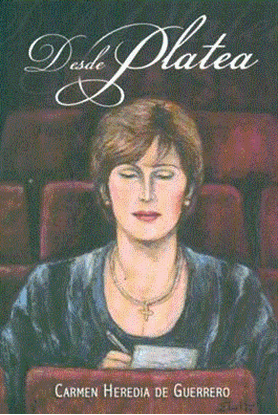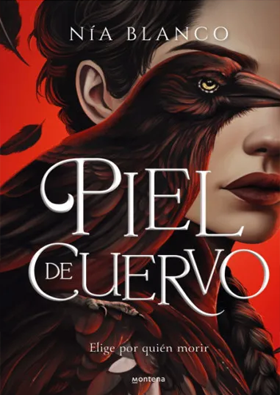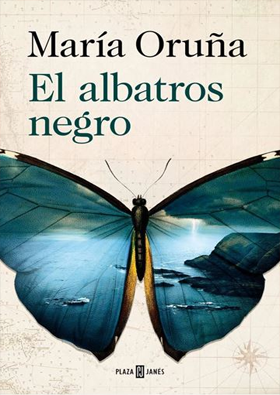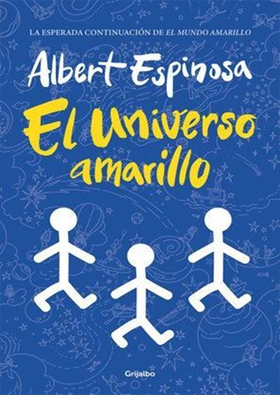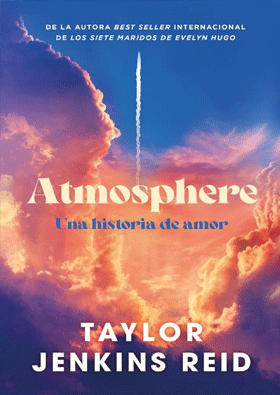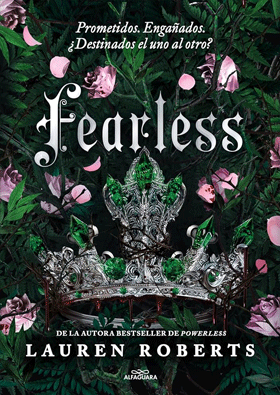

CARAVAGGIO (BA-ART) (ES)
Este libro reúne las obras más famosas y revolucionarias de Caravaggio, que explican por qué este artista está considerado uno de los pintores más importantes del Barroco y su influencia sobre artistas como Ribera, Vermeer, Rembrandt, Delacroix, Courbet y Manet.
1,350
CITY LIGHTS (B) (OF3)
Introducing the first collection of art books with detachable prints to decorate your walls. Everything you need to create your own private gallery at home! Nightscapes that range from a fireworks display in Rome by Jacob Philipp Hackert to the Louvre from across a Parisian bridge by Maximilien Luce to a moonlit New York streetlamp by Georgia O'Keeffe.
Each book contains a curated selection of twenty-one high-quality reproductions that can be easily removed from the book, framed in a standard-size frame, and displayed in the home. Step-by-step tips for grouping the works to create a harmonious gallery add an interior designer's touch to the ensemble. Graphic, colorful, or abstract; paintings, engravings, or drawings--each work of art is explained on the back of the print. Interesting details about the style of painting, the particular work of art, and biographical information about the artist are accompanied by a "frameable fact" that helps you understand the context of that particular work in the history of art. In addition, suggestions for where you can go to see additional examples of the artists' works allow the reader to expand his or her experience and learning.
Artists include Edward Hopper, William Turner, Camille Pissarro, Paul Klee, Claude Monet, Vincent van Gogh, Pierre Bonnard, Giorgio de Chirico, Georgia O'Keeffe, René Magritte, and Wassily Kandinsky.
995
CIUDAD COLONIAL. SANTO DOMINGO (TD)
Aunque Santo Domingo es la ciudad más grande del Caribe, su esencia vital aún late en su centro histórico: la Zona Colonial. Llegando desde el este, vislumbras sus murallas en la orilla opuesta del río Ozama, levantadas entre la ribera y el mar agitado. Desde hace más de 500 años, a través de esta antigua colonia europea en América, la historia no ha dejado de soplar - suavemente como los vientos alisios, o con la furia de un huracán. A diferencia de las zonas de patrimonio histórico de otros países, que suelen verse como zonas-mu-seos, la Zona Colonial está en permanente cambio. Seas dominicano o viajero, siempre la descubres por vez primera. Pero paradójicamente, tan pronto paseas por sus calles estrechas, sientes que has vivido toda la vida en este lugar. Que desde hace décadas pasas por delante de estas fachadas derruidas con su azul vuelto gris y su ocre desteñido en blanco. Que las fachadas han sido agrietadas y manchadas por siglos de soles llameantes y lluvias torrenciales; que heléchos tenaces brotan de las grietas en los muros medio en ruinas. Aquí y allá, un balcón de hierro forjado cuelga tan torcido como los borrachos que deambulan abajo en la calle. Colmados que caben en un bolsillo se esparcen entre sinuosos callejones: sus mostradores de madera como bares improvisados, donde los vecinos hacen cuentos bajo la estridencia de las melodías caribeñas. Prosiguiendo el paseo, llegas a tranquilas plazas arboladas, para luego atravesar iglesias góticas y renacentistas, o nobles casas hechas de piedra coralina. Una Roma tropical te rodea, cargada de buganvillas y enredaderas de flores de trompeta. Te maravillarás ante los arcos, las columnas, las naves abovedadas, los palacios; pero también disfrutarás de los hogares mas modestos, con sus alegres colores y sus chucherías de plástico, claramente visibles desde la acera. Si te detienes ante una ventana abierta, alguien te invitará a entrar. ¡Hola! ¿Qué hay? ¡Cuánto tiempo! ¿Está visitando de nuevo? ¿O es que nunca se fue? Hoyt Rogers, Traducido por Frank Báez
2,700
COMO SE HACE UNA PELICULA
Fruto de una serie de entrevistas entre Claude Chabrol y Francois Guérif, este breve compendio realiza un repaso integral al proceso de Cómo se hace una película. Matizado en todo instante por la ácida y personal visión del director de El bello Sergio, El carnicero, El grito de la lechuza, La ceremonia o La flor del mal, el contenido de estas páginas toca desde los primeros pasos de la aventura que supone toda realización cinematográfica -la elección del tema, la escritura del guión, la búsqueda de un productor- hasta los últimos -la explotación y recepción del film-, pasando, naturalmente, por todos los problemas y detalles que lleva aparejados el rodaje, incluyendo la dirección de actores, las cuestiones técnicas y la función de cada uno de los que en aquél participan.
900


